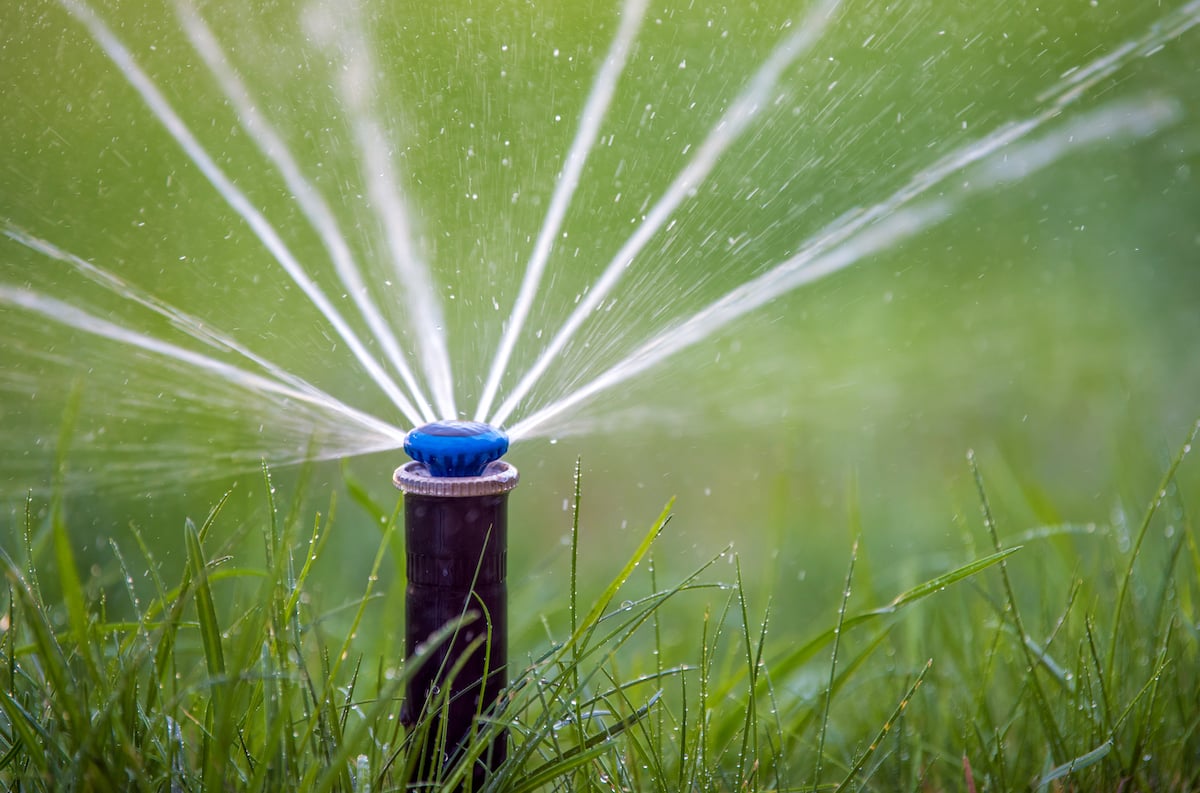
We frequently talk about how important water is to the health of your Memphis lawn. But even though water is essential to all living things, when it comes to watering your lawn, there can be too much of a good thing!
It often surprises people to learn that overwatered grass can become as big of a problem as drought-stricken grass.
Of course, sometimes people don’t even realize that they are doing their lawn harm. Some people are even surprised overwatering is possible.
In this article, we’ll talk about some of the signs of an overwatered lawn and what you can do about it.
It’s not uncommon for people to assume you can’t give your lawn too much water. But as we said from the start, you can apply too much water to the lawn and cause potential trouble.
One of the big signs of an overwatered lawn is that it will turn yellow. This is where things get complicated as a drought-stressed lawn can also turn yellow. We have had homeowners tell us that they saw the lawn was yellow so they watered more when, in fact, it was actually yellow from overwatering."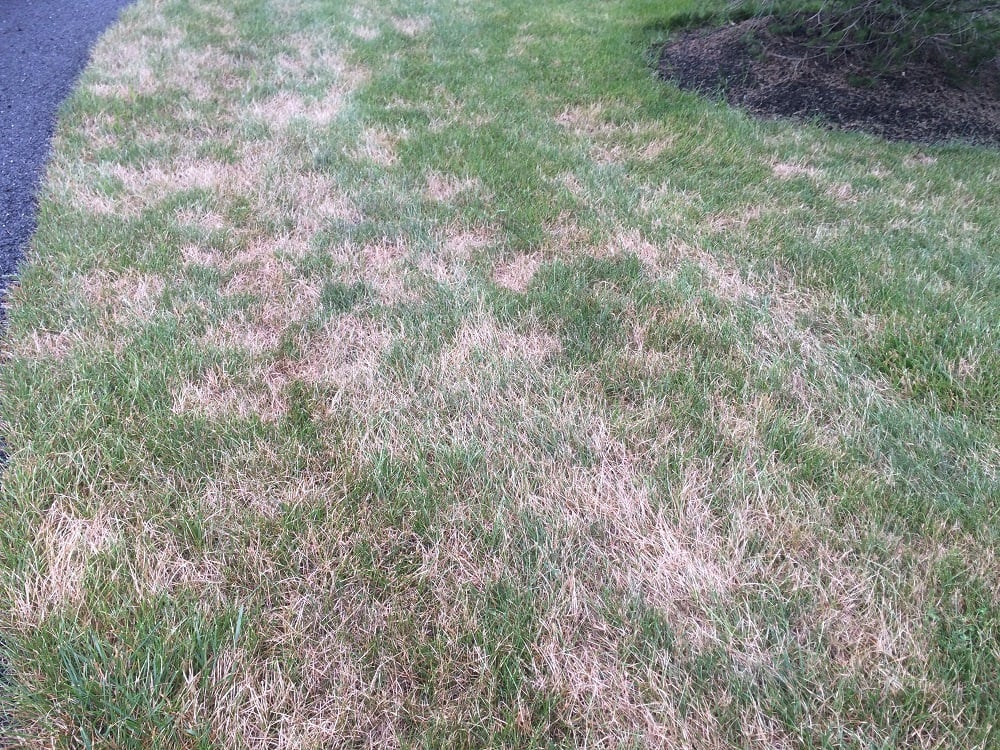
The telltale difference is that an overwatered lawn will also have a spongey feel to it when you walk. And, you might also notice runoff on hardscape areas.
On the flipside, a drought-stressed lawn might have grass that looks “crumpled.” When you walk across it, you might notice footprints as the grass blades bend but do not stand back up. In addition to turning yellow (and eventually brown), a drought-stressed lawn will likely have hard, compacted soil and won’t be soggy or spongey.
You might be wondering, what’s the big deal about an overwatered lawn anyways?
The truth is, it does not create healthy growing conditions for your turf.
The big issue with overwatering the lawn is that you will drown the roots. When you are completely saturating the soil, you aren’t allowing the grass roots to absorb oxygen as needed.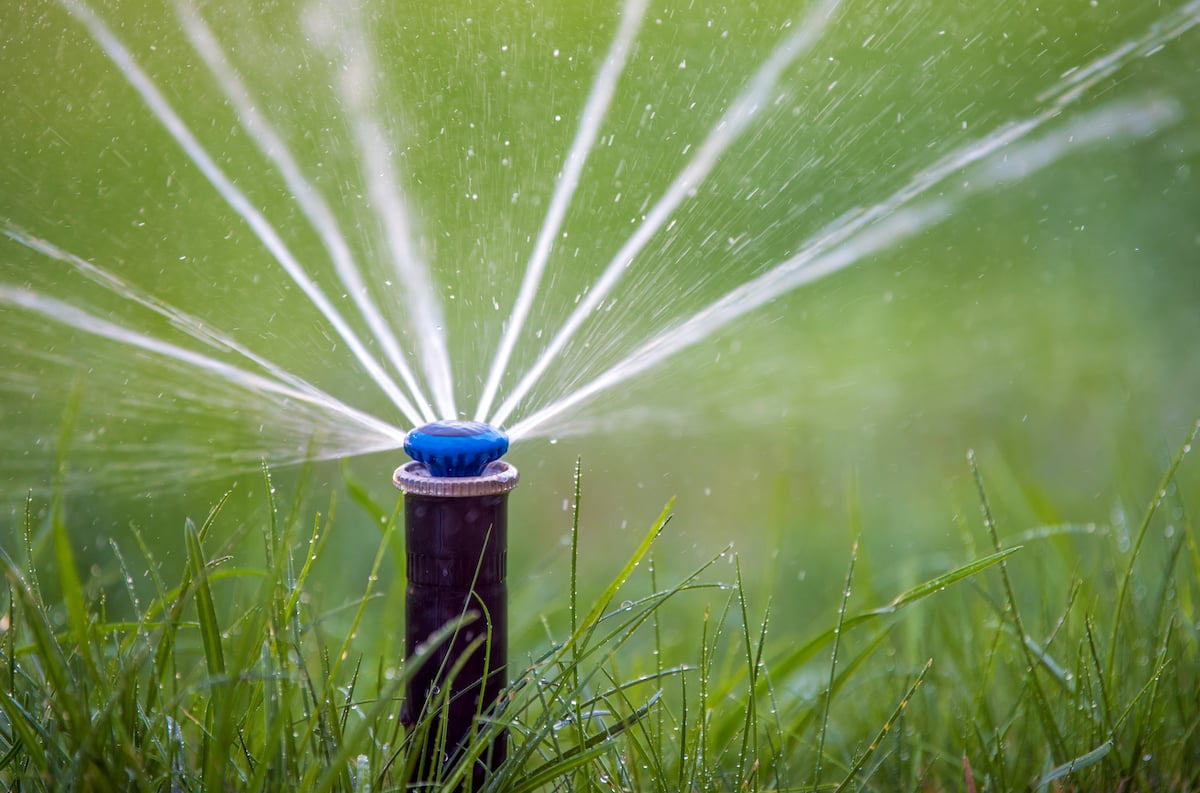
Overwatering the grass also causes the lawn to grow a shallow root system. You want roots to grow down deep into the soil. This is best achieved when water percolates down deep with a slow and steady soaking (that mimics rainfall).
But an overwatered lawn will have a shallow root system that is weak and unhealthy. This is when the lawn will start to turn yellow. It’s also common for an overwatered lawn to develop more significant layers of thatch and to be prone to pest problems.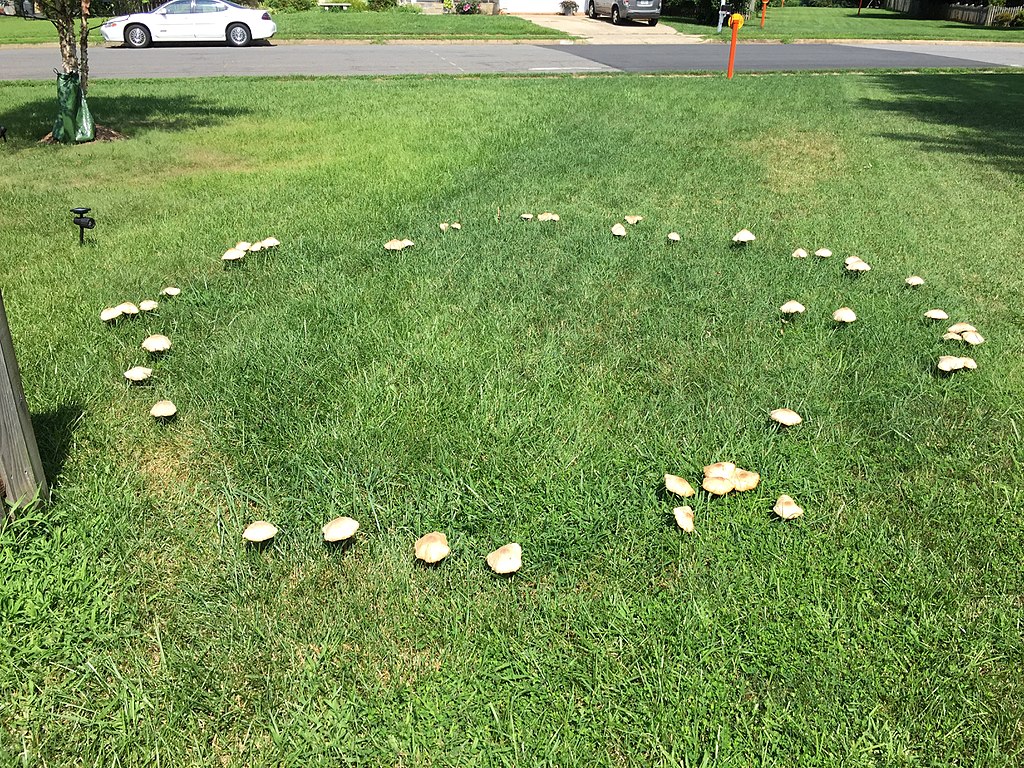
Excess water also leaves the grass much more prone to lawn fungus. A lawn that has received too much water might even have mushrooms popping up.
Clearly, there are lots of problems that can arise from unhealthy watering habits.
If you are reading this article because you’ve already overwatered your lawn, you might be wondering how to fix overwatered grass.
The first thing that you should do is reduce the amount of water you’re putting down and learn more about proper watering habits (we’ll cover that in the next section).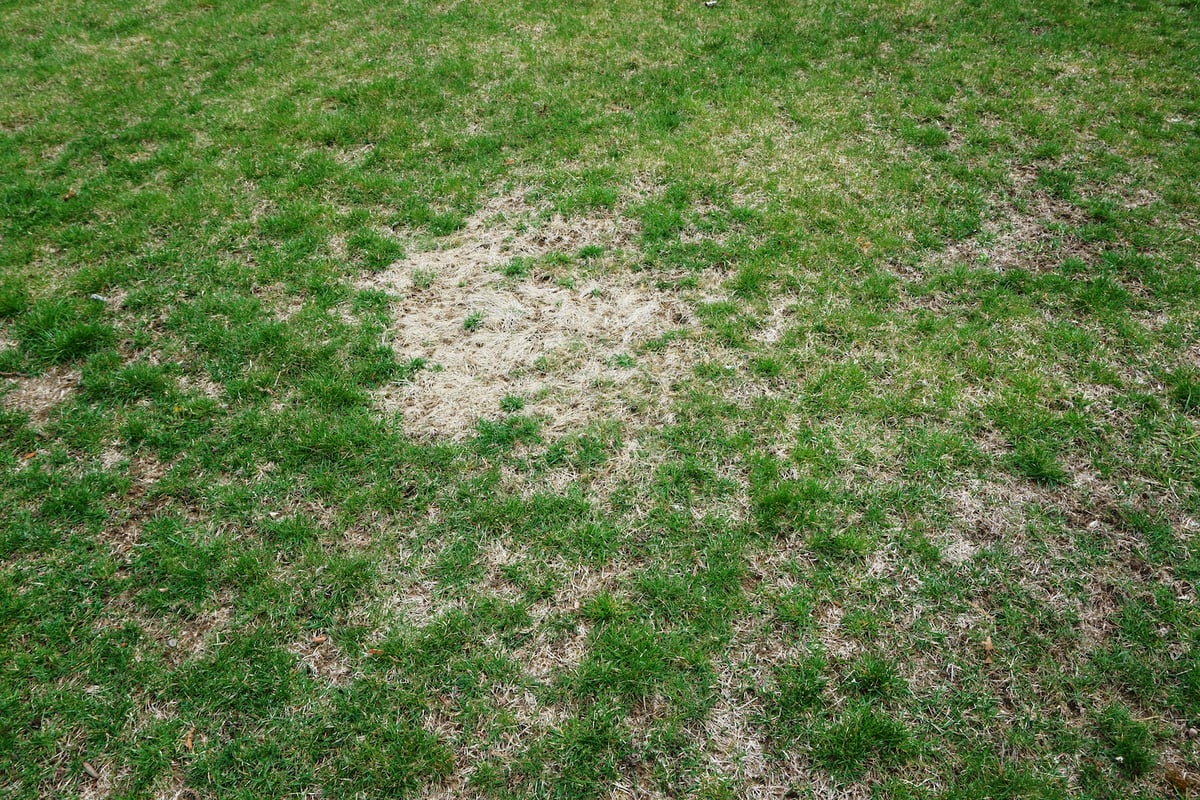
Then, you should address any problems that you’ve created such as fungal growth, a pest problem, or thatch build-up.
Most of the time, lawns will bounce back from overwatering unless it’s been going on for such a long time that the grass is dead.
A huge part of getting your lawn back on track to good health is to water properly.
We recommend watering one to two times per week if Mother Nature is not supplying ample water with rainfall (which is common in the summer). You can check on exactly how much rainfall your lawn is receiving by using a rain gauge to measure.
Or, if you don’t have a rain gauge (which can be purchased inexpensively), you could also try the screwdriver test. This is as simple as sticking a screwdriver (or a stake) into the ground and seeing how easily it goes in. If it’s difficult to do this, your soil is too dry.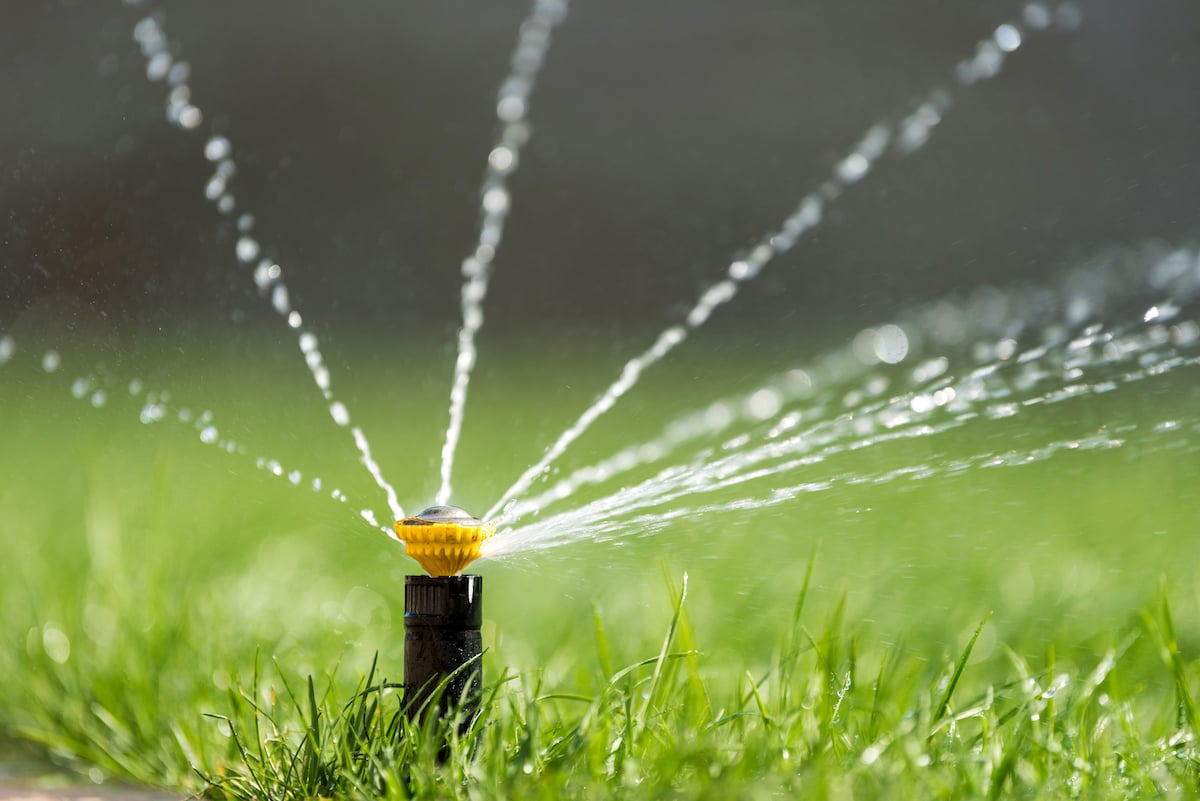
Deep and less frequent watering is ideal. By watering one to two times per week, you allow your lawn time to dry out in between watering which will help to reduce your chance of lawn fungus growing.
A “soaking” is the optimal type of watering that should be performed, as opposed to occasionally watering here or there. The goal is to deeply soak your lawn until the soil is moist to a few inches of depth.
The exact amount of time this will take varies depending on the size of your lawn and your sprinkler system, but could take 45-60 minutes on average.
The best time to water your lawn is in the early morning, just at sunrise or immediately beforehand. Your lawn will get a nice soaking before the sun starts to naturally evaporate excessive moisture. This also allows the lawn to dry out before nightfall so that water isn’t sitting on the lawn overnight (breeding fungal growth).
There’s no question that your watering habits play an important role in the health of your lawn. You want to do what you can to avoid an overwatered lawn…or an underwatered lawn for that matter.
If your lawn is struggling and you have questions about how much to water, your lawn care expert can help. At Master Lawn, we see lawn care as a team effort knowing that your watering habits definitely have a big impact on how well our lawn services work. That’s why we want to help! If you ever have questions about how to water your Memphis lawn, you can always count on us for answers.
If you’re ready to work with a lawn care company that will be there to provide you with guidance on any lawn care issues that arise, talk to a lawn care expert, choose from 3 program options, and become the master of your lawn.
Image Source: Fairy Ring Lawn Disease
Michael Hatcher is Founder / Chairman of Michael Hatcher & Associates.
These Stories on Lawn Care
8255 Center Hill Rd
Olive Branch, MS 38654
8164 MS-178
Olive Branch, MS 38654
Phone: (901) 445-9336
Fax: (901) 853-7353
Copyright © Master Lawn | All Rights Reserved.